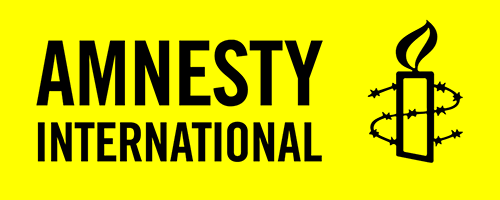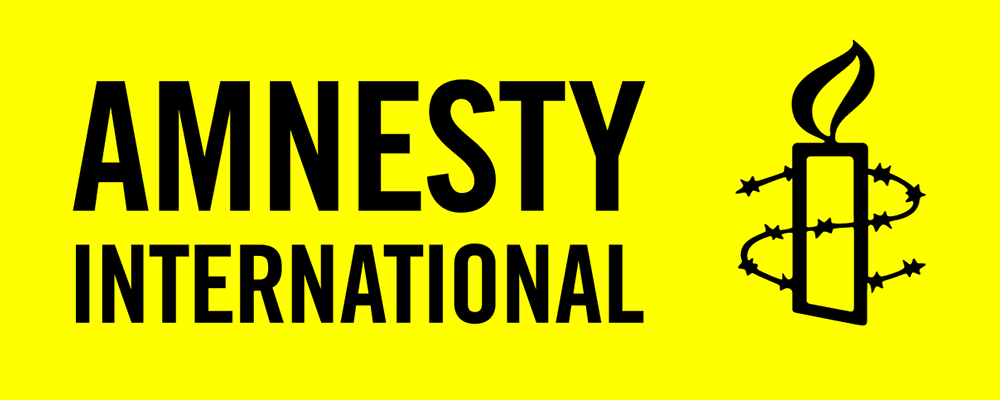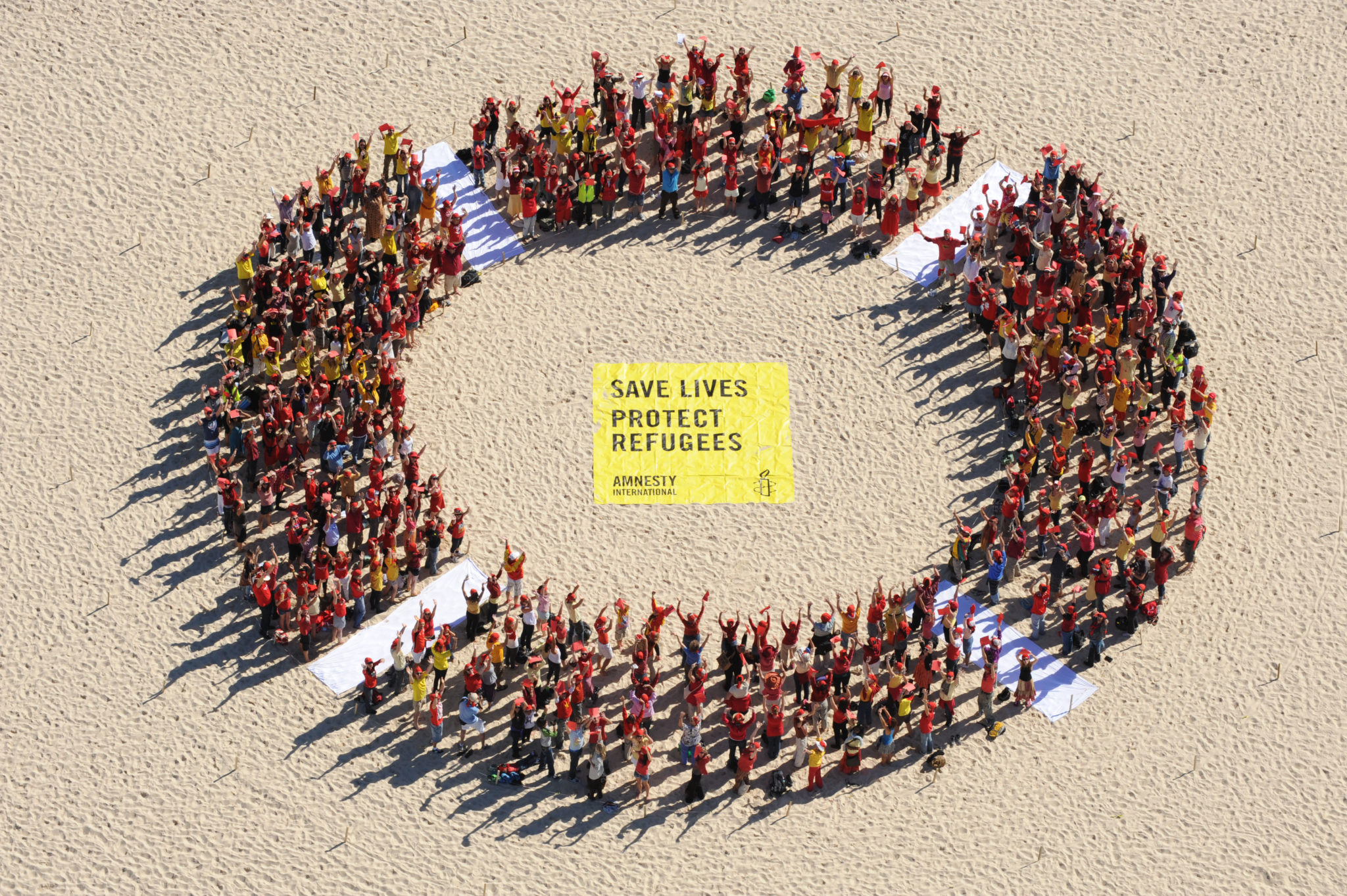By Anna Shea, Researcher on Refugee and Migrants Rights with Amnesty International
Last week the lifeless body of Hamed Shamshiripour, a young Iranian man, was found in a forest on the eastern part of Lorengau town, on Manus Island – a small piece off the coast of Papua New Guinea (PNG), which has become a symbol of Australia’s cruel and illegal refugee policies. In disturbing photos circulating on social media, the 31-year-old refugee is shown on his knees, with a rope around his neck.
A PNG police official was quick to label Hamed’s death a suicide, but there are still serious unanswered questions about the circumstances surrounding his death. His family has demanded an urgent autopsy and inquiry in Australia, to establish what happened.
But while we don’t yet know exactly how Hamed died, we do know why.
Simply put, he was the latest victim of Australia’s vicious policies towards people seeking asylum. Anyone who reaches the country by boat is detained indefinitely in inhumane conditions on Manus Island or the small Pacific island of Nauru. Hamed is the eighth person who died in connection with Australia’s offshore processing. Hundreds more have suffered a severe deterioration in their physical and mental well-being. Under the Australian government’s warped logic, vulnerable women, men and children must endure unbearable suffering in order to deter others from seeking asylum by boat.
Hamed had a long and well-documented history of mental illness. While it’s unclear if his problems predated his arrival on Manus four years ago, his experiences on the island – locked up indefinitely in dehumanizing and prison-like conditions – undoubtedly exacerbated them. For more than a year, mental health professionals and fellow refugees had raised concerns about Hamed’s breakdowns and erratic behavior. Some of these episodes were even reported in the international media. What was the PNG authorities’ response to Hamed’s rapidly deteriorating mental health? Incarceration in Lorengau prison and – according to a written complaint lodged by fellow detainees – a beating in the detention center.
Hamed’s death took place against a backdrop of what UNHCR – the UN Refugee Agency – called an “escalating crisis” on Manus Island, precipitated by the authorities’ attempts to evacuate the detention center and forcibly relocate people to a new “Refugee Transit Center” in Lorengau. Amnesty International has documented several recent violent episodes, including on April 14, 2017 when Papua New Guinean soldiers fired bullets into the detention center, putting hundreds of lives at risk. Over the past few weeks the situation has deteriorated further, and there have been several reports of attacks on refugees and asylum-seekers by some members of the local community.
Ostensibly, the detention center is being evacuated to comply with last year’s ruling by the PNG Supreme Court that the Australian government’s detention of these people is illegal and unconstitutional. In fact, the closure of the Manus Island detention centers is long overdue and something that Amnesty International has been demanding for years. In 2013 and 2014, Amnesty International documented a range of human rights violations taking place at these facilities, and recommended their immediate closure. Not only is locking people up and mistreating them in detention is a serious violation of human rights, but no evidence exists that this effectively deters others from trying to reach the country by boat.
The Australian authorities, in response to the PNG Supreme Court’s judgment, should have done the only humane and logical thing, which is to bring all the asylum-seekers and refugees to safety in Australia. Instead, they are trying to move them to another location on the same island. The new Transit center is reportedly far too small, which could pack hundreds of people into cramped and dangerously overcrowded conditions. The location, much closer to the local community, could make violent clashes with the locals even more likely. Yet authorities appear determined to force people into the new center, and refugees and asylum-seekers say that their water and power have been shut off. Over the past few weeks hundreds of refugees have staged peaceful protests on Manus against efforts to drive them out.
The Australian authorities understand perfectly well the dangers facing the hundreds of people still detained on Manus Island and Nauru. Yet in the face of insurmountable evidence from years of research by Amnesty International and other international and national human rights organizations, UN bodies and agencies, as well as Australian parliamentary committees, the Australian government is refusing to take action that could save lives.
Australia’s approach is flawed on many levels. A much more humane and effective strategy would include for the Australian Government to boost aid programs to help neighboring countries better protect and support refugees, and to significantly invest in development cooperation arrangements to improve protections for people seeking asylum.
If the authorities had responded appropriately to the pleas from Hamed’s friends, advocates in Australia as well as mental health professionals working at the detention center, it is possible that he would be alive today.
One day, years or perhaps decades from now, the Australian government will apologize for the horrific abuse it has inflicted upon innocent women, men and children who sought safety on Australian shores. In the meantime, how many more people have to die?
Take action now and tell Australia to protect refugees at extreme risk of violence:
Take action now

